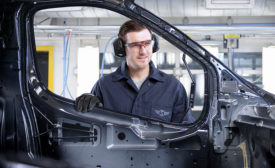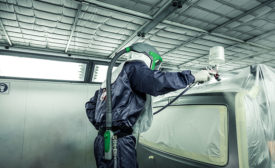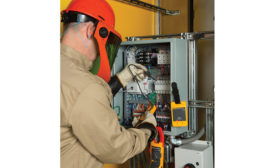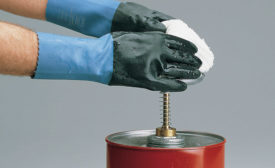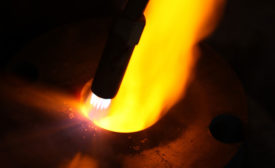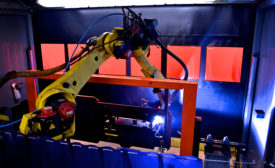Risk Management
In-ear exposure monitoring gives real-time hearing protection data
No More guesswork
June 4, 2019
Manage extreme heat to avoid exhaustion, stroke, possible death
Climate control respirators
June 4, 2019
Compliance, maintenance musts for emergency eye/face wash, showers
Worst-case Scenario
June 4, 2019
Arc blasts can ruin hearing
Sonic blasts can result in immediate & permanent damage
June 3, 2019
Communicable & infectious diseases on the rise in the U.S.
Biohazards warrant priority attention
June 3, 2019
New ANSI standard covers design, training & safe use
Improving mobile elevated work
June 1, 2019
Facility safety inspections
Valve safety trains require regular inspections, maintenance and training. Tremendous explosive forces can be unleashed if best practices are not followed.
May 30, 2019
Safeguards for automated operations
Physically protect your workers and minimize the “safety zone” footprint.
May 28, 2019
Never miss the latest news and trends driving the safety industry
eNewsletter | Website | eMagazine
JOIN TODAYCopyright ©2024. All Rights Reserved BNP Media.
Design, CMS, Hosting & Web Development :: ePublishing


